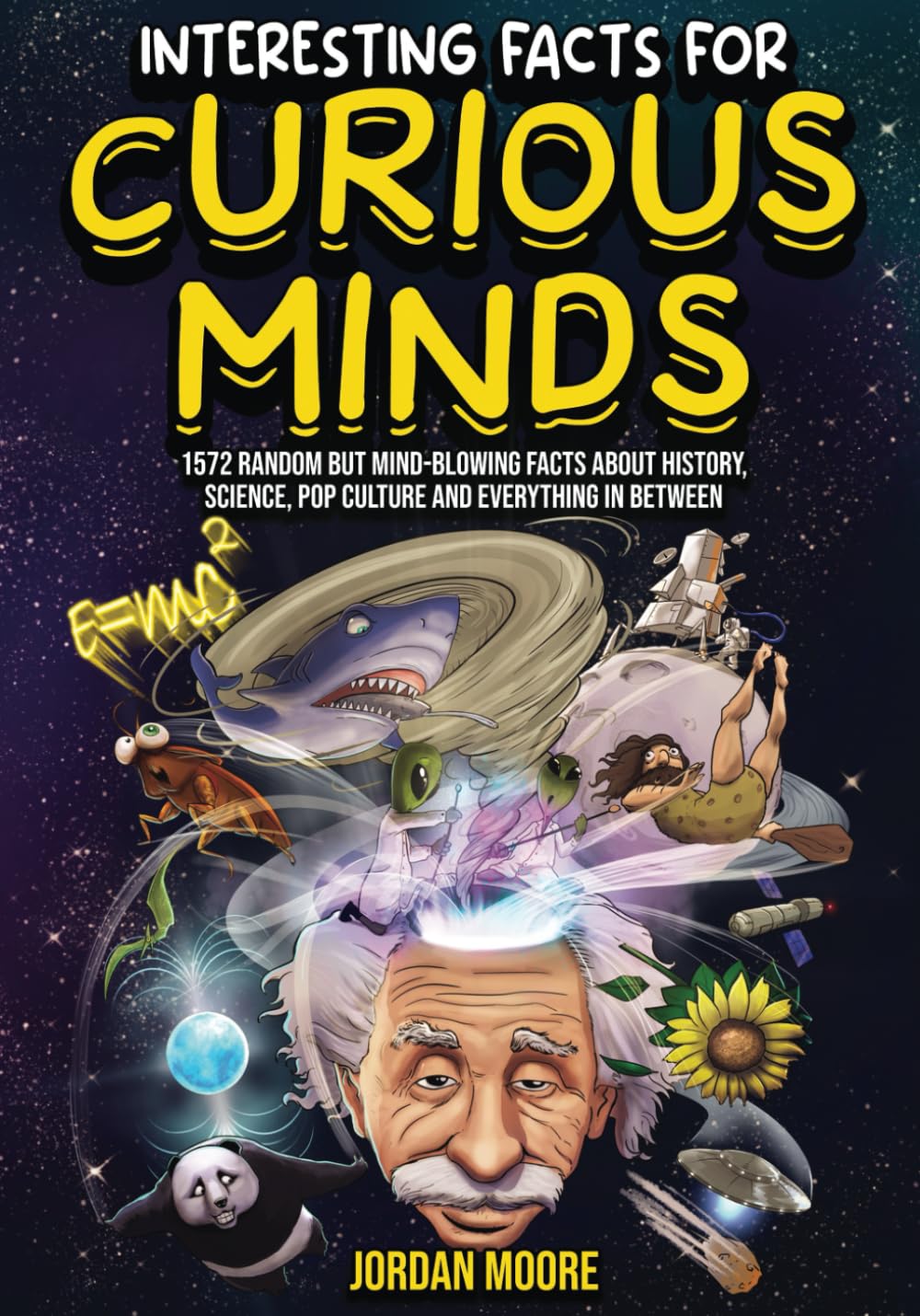
Interesting Facts For Curious Minds: 1572 Random But Mind-Blowing Facts About History, Science, Pop Culture And Everything In Between
Incredible Crime Facts
byIncredible crime facts reveal some of the most bizarre and shocking incidents in history, demonstrating the wide array of criminal behavior and strange twists in law enforcement. One of the most unusual cases involved Chastity Eugina Hopson, who, after learning on social media that meth and heroin could be contaminated with the Ebola virus, took the “responsible” action of turning her drugs over to the police. This strange case highlights the sometimes bizarre decisions made in the context of criminal behavior, as individuals react to sensationalized information in unexpected ways. Similarly, Jeffrey Dahmer, one of the most notorious serial killers in history, was described by his neighbors as a quiet, nice guy who even offered them homemade sandwiches. This underscores the unsettling truth that many criminals can blend seamlessly into society, making them difficult to identify until their crimes are exposed. These strange occurrences highlight the complexity of criminal behavior and the often misunderstood nature of many criminal investigations.
Another surprising aspect of crime is how it can be concealed or minimized in plain sight. For instance, despite widespread media portrayals of burglaries taking place at night, studies show that the majority of burglaries actually occur during daylight hours, between 10 a.m. and 3 p.m., when most people are away at work or school. This makes the crimes harder to detect and prevent. In some historical contexts, the thieves themselves are often responsible for the plundering of priceless artifacts. In ancient Egypt’s New Kingdom, royal tombs were commonly looted, often by the very individuals who built them, revealing the complex relationships between wealth, power, and crime. This pattern of internal betrayal is not unique to Egypt but can be found in various historical contexts, illustrating how greed often drives people to turn against even their own interests.
Moreover, some of the world’s most daring crimes have taken place in iconic settings. The 1990 art heist at the Isabella Stewart Gardner Museum in Boston, where thieves made off with 13 priceless works of art valued at $600 million, remains one of the most infamous unsolved crimes in history. While known criminals are suspected, no arrests have been made, leaving the mystery unsolved and the stolen pieces still unaccounted for. Meanwhile, in a bizarre Florida crime story from 2010, a crew of criminals stole vases that they mistakenly believed contained crushed-up pills. After ingesting the substance, they later realized it was the ashes of a man and two great Danes, showing how criminal behavior can sometimes be driven by ignorance and misunderstanding. These incidents underscore the oddity of crime and the strange situations that criminals sometimes find themselves in, making them both memorable and cautionary tales.
In contrast to these cases, crime rates in certain regions continue to show alarming trends. For instance, while Anchorage, Alaska is known for its cold weather, it ranks as one of the top cities in the U.S. for crime, demonstrating that even harsh climates do not deter criminal activity. Similarly, despite Mexico’s relatively moderate global crime rate ranking, five of its cities held the highest homicide rates in 2019, highlighting ongoing challenges with crime and law enforcement in certain regions. These patterns emphasize that crime is not just a matter of location but is influenced by a complex set of social, economic, and cultural factors. Similarly, certain forms of crime persist in surprising places, such as the ongoing issues surrounding necrophilia. In some jurisdictions, the practice remains a legal gray area due to loopholes in the law, reflecting how law enforcement and societal norms can lag behind in addressing certain criminal behaviors.
These incredible crime facts provide a fascinating look into the nature of criminal behavior across different eras and places. From strange heists and mistaken identity crimes to the ongoing challenges with law enforcement in certain parts of the world, these examples reveal the complexity and unpredictability of crime. Understanding these incidents not only informs us about the nature of crime but also challenges our assumptions and preconceived notions about criminal behavior. Whether it’s the bizarre story of Chastity Eugina Hopson turning over her drugs to the police or the unsolved art heist in Boston, these facts remind us of the unusual and often mysterious nature of crime throughout history. By studying these remarkable cases, we gain a deeper understanding of how crime continues to shape our world in unexpected ways.

